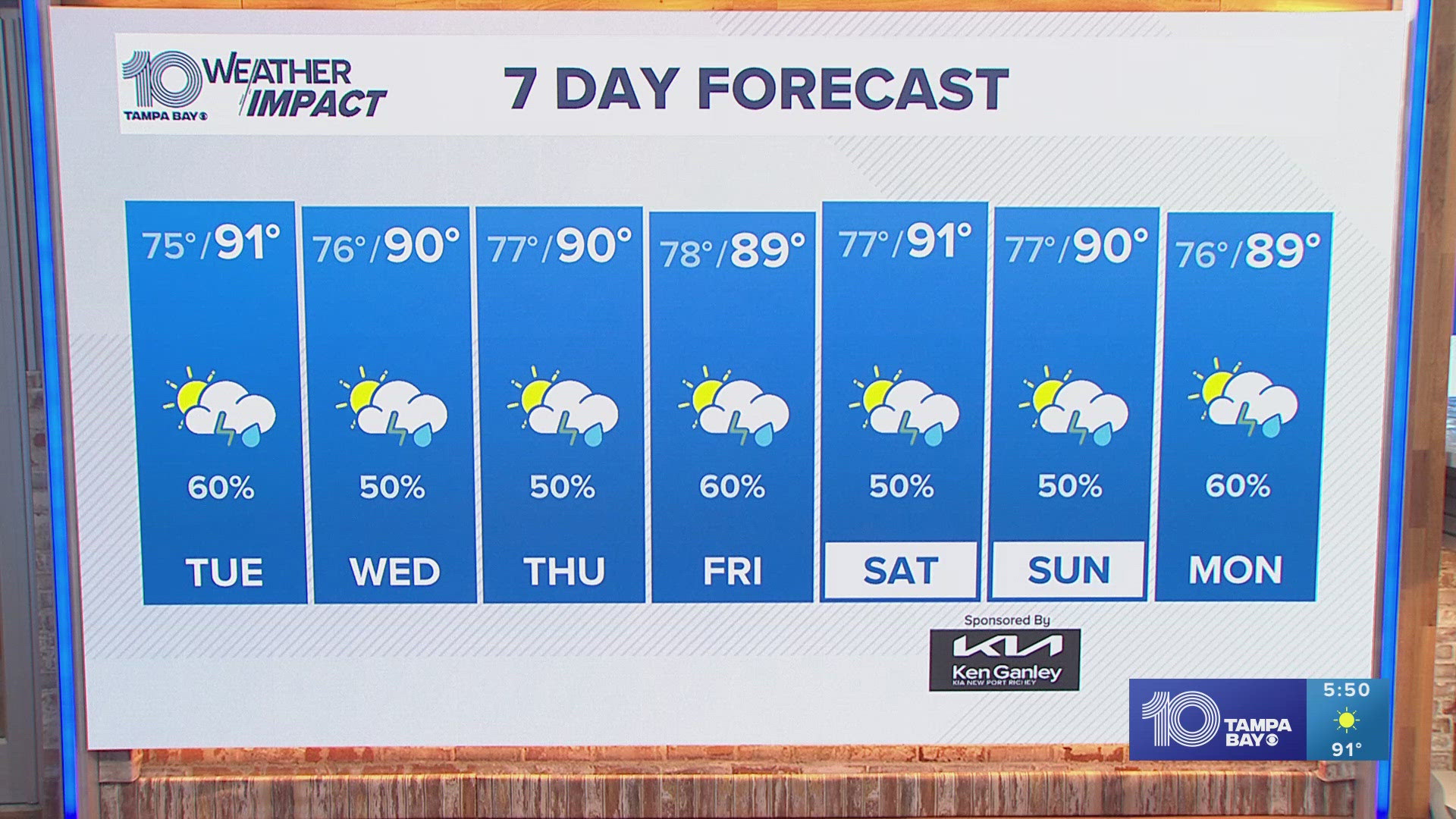TAMPA, Fla. — Researchers at Colorado State University (CSU) are still predicting a forecast with a lot of hurricane activity for this year.
They released their final seasonal update on Monday which predicts the number of named storms, hurricanes, major hurricanes and other factors part of the Atlantic hurricane season.
The newest update shows 23 named storms, including ones that already happened, 12 hurricanes and six major hurricanes. The number of named storms predicted went down two from the July update, but researchers originally predicted 23 back in April when they first released their forecast.
Meteorologist at CSU Philip Klotzbach said in an X post that this will be an "extremely active 2024 Atlantic hurricane season."
One reason for an active season is a significant potential for La Nina development, which decreases Caribbean and tropical Atlantic vertical wind shear, increasing activity. Another is that the ocean is much warmer than normal, which favors hurricane activity, Klotzbach said.
Their initial outlook called for 23 named storms and 11 hurricanes with five of those becoming major hurricanes. The outlook was already above average since the Atlantic season usually generates about 14 named storms, with seven hurricanes and three of those reaching Category 3 or higher.
The final seasonal update predicts that the probability of at least one major hurricane making landfall in the entire continental U.S. coastline is 56% compared to an average of 43%. The probability for the East Coast including the Florida peninsula is 30%, with the average being 21%. Finally, the probability for the Gulf Coast from the Florida panhandle westward is 38% compared to an average of 27%.
Researchers will now start issuing shorter-term forecasts of tropical cyclone activity. For the first two-week forecast, researchers are predicting above-normal activity.
They cited a system that the National Hurricane Center is watching with a low chance of formation over the next seven days.
The update comes just after Hurricane Debby made landfall as a Category 1 storm in the Big Bend region of Florida. The Tampa Bay area felt the effects of the storm's outer rainbands with heavy rainfall, strong winds and floods. Some cities saw more than a foot of rain and are still underwater. Now, Debby has weakened to a tropical storm and is moving through the Carolinas.



